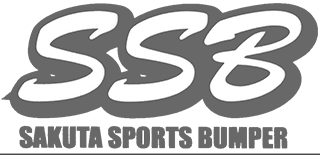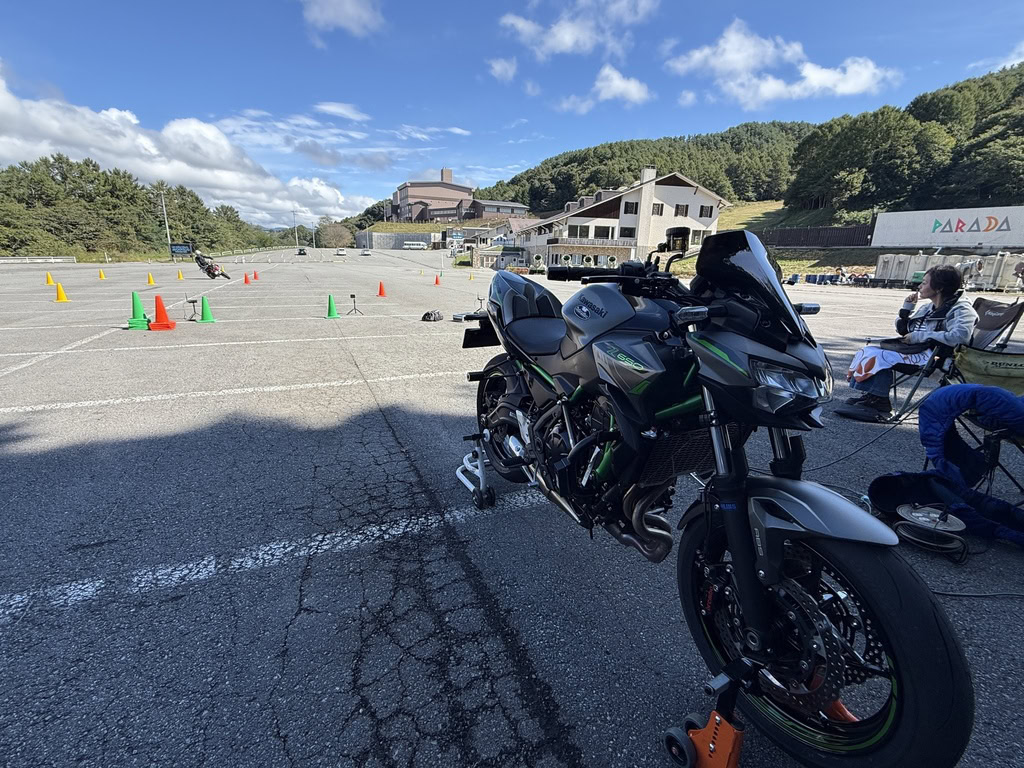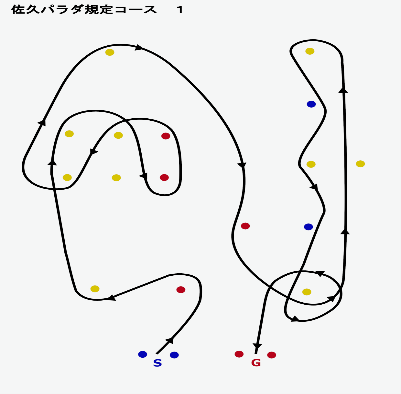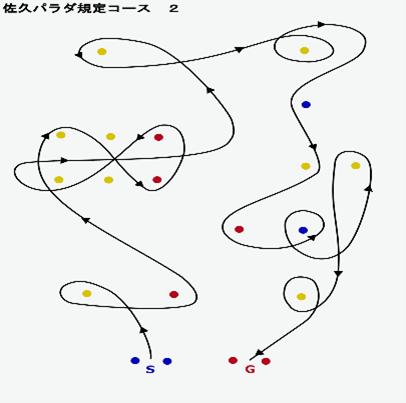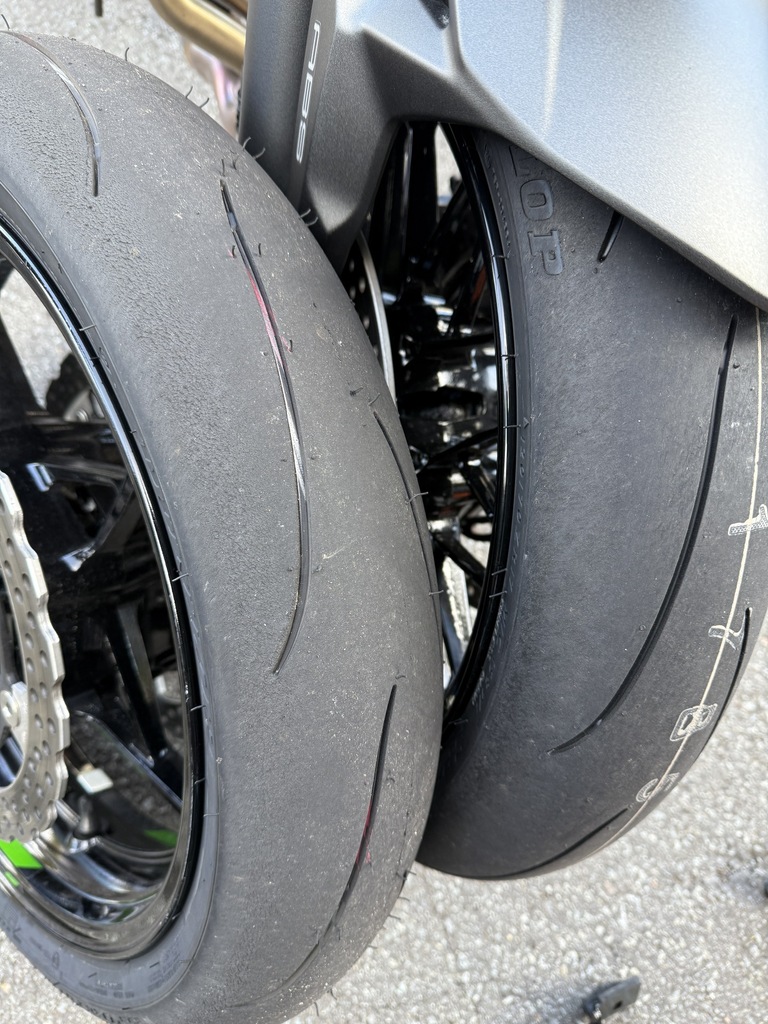Bunta's Initial B
Thai-made Q5 comparison test
Yesterday, ahead of the Dunlop JAPAN event, we conducted a comparison test of the new "Thailand-made" Q5 120/70ZR17 front tires at the Saku Parada Gymkhana practice field.
I've been testing it.
Comparison tires are
Diablo V3 5th part air pressure "warm" F2.0 R1.8
Q5 Made in the USA, like new, 1 month after first warm up, air pressure "warm" F1.6 R1.8
The test will be on Parada's standard courses ① and ②.
First, we'll run the Diablo.
The plan is to get used to the course in Diablo and then move on to testing in Q5 (the new Q5).
The times for Diablo were ①=28.317 and ②=38.446.
Next is the attack of the Q5 "Made in America". Compared to the Diablo, the front is more solid.
I felt like the front end was rolling especially in small turns.
The times were ① = 28.140 and ② = 37.511.
My time improved all at once.
It is clear that the Q5 has great gymkhana potential.
The Diablo is only about halfway through, but since the tire has not caused much of a drop in time compared to when it was new, it seems safe to say that the Q5 will be on par with the Diablo or even better.
Now, we are testing the Thai-made Q5. First, we will test it with the same air pressure as the American-made one. F1.6 R1.8 "warm".
I want to use it in JAPAN if possible, so I want to make a decision by reducing the number of runs, and because I have run a lot up until that point,
Please also take into consideration that it is becoming physically demanding.
In terms of driving feel, the grip is the same compared to the American model, and the handling feels even more natural.
I felt like the turning ability had improved on average. Also, even when turning from hard braking,
There was no cutting and I felt like the turns were smooth and stable.
The times were ① 27.857 and ② 37.917.
① was able to reduce the number of runs and was 0.5 seconds faster at once.
② ran only one run and got a time of 37.917.
I decided to stop because I had reached my physical limit and didn't want to lose any more weight.
The one on the left is from America and the one on the right is from Thailand.
The Thai-made tires are thinner and curved, but they can be used all the way to the edge.
There are a few American ones left.
As you can see, the Thai-made product is softer overall than the American-made product, which has a higher overall rigidity.
I wondered if it was a way to balance out the sharp, rounded edges.
The compound seemed a little harder when warm than that of American-made tires.
I can't draw any conclusions until I see how it changes when used in future competitions and over a long period of time.
I personally think that this is a tire that I would like to try in Japan.
Also, this test is done on a 3.5 inch standard wheel, so if you use a 3.0 inch wheel, the rigidity balance will change.
The data is expected to be different.
I'm also looking forward to seeing the difference it makes when we put in the domestically produced rear tires.
I'm asking for the domestic version of 160 to be released soon, and I'll write about the test results again when it becomes available.
https://ssbfactory.seesaa.net/article/505143968.html
